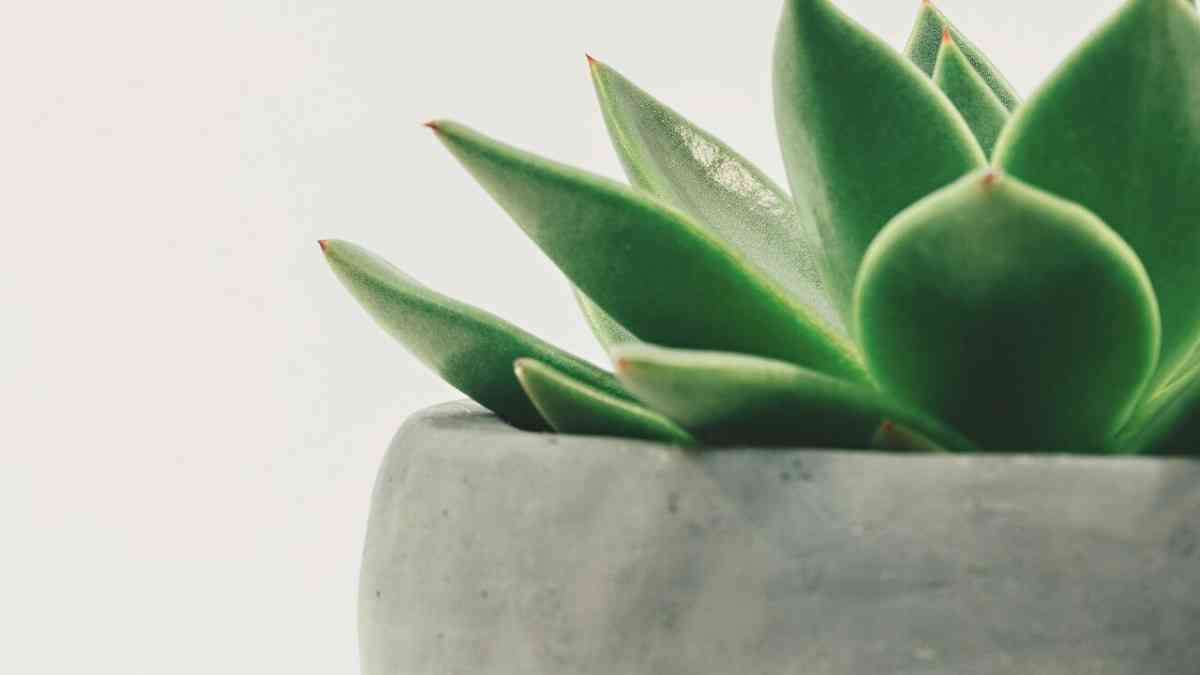Describe a person who likes to grow plants

Describe a person who likes to grow plants You should say:
- Who the person is
- What he/she grows
- Where he/she grows them
- Why does he/she enjoy growing plants
💡 You have 1 minute to prepare and should speak for 1-2 minutes.
🚀 FREE IELTS Cue Cards Practice - Get Band 7+ in 2 Weeks!
Practice this exact topic with instant AI feedback - completely FREE!
Sample Answer
Who the person is?
The person I’d like to talk about is my grandmother, whom I fondly call Dadi. She has always had a green thumb and an unyielding passion for gardening. Living in a quaint house in the suburbs of Delhi, she has transformed her modest backyard into a vibrant oasis. What he/she grows?
Dadi grows a variety of plants, including vegetables like tomatoes, cucumbers, and spinach, as well as fragrant flowers such as marigolds and jasmine. Each season brings a new crop, and she meticulously plans her garden to ensure a continuous harvest. Her pride and joy, however, is her collection of herbs, including mint and coriander, which she uses in her delicious cooking. Where he/she grows them?
Her garden is not just a source of food but also a sanctuary for her. The backyard is equipped with small pots, a wooden raised bed, and even a small trellis for climbing plants. She spends hours in her garden, nurturing each plant and observing their growth. The atmosphere is serene, filled with the sound of chirping birds and the sweet scent of blooming flowers. Why does he/she enjoy growing plants?
Dadi enjoys growing plants for several reasons. Firstly, it gives her a sense of accomplishment to see her plants flourish under her care. Secondly, gardening is her way of connecting with nature, providing her with a therapeutic escape from the bustling life in Delhi. Additionally, she loves to share the fruits of her labor with family and friends, bringing everyone together over a meal made from her homegrown produce. Finally, she believes that growing plants helps instill a sense of responsibility and patience, qualities she values deeply. Each time she steps into her garden, she feels a deep sense of joy and fulfillment, knowing she is contributing to her family's well-being while also embracing her love for nature.
Follow-up Questions (Part 3)
Are there many people growing their own vegetables now?
Yes, there is a noticeable increase in the number of people growing their own vegetables, especially in urban areas. Many individuals are realizing the benefits of home gardening, such as fresh produce and the satisfaction of nurturing plants. This trend has been fueled by the growing awareness of organic farming and health-conscious living. Additionally, the pandemic has inspired many to start their own vegetable patches, seeking both a hobby and a way to ensure food security.
Do you think it’s good to let kids learn how to plant?
Absolutely! Teaching kids how to plant and garden provides them with valuable life skills. It enhances their understanding of nature and the environment, fostering a sense of responsibility towards the planet. Gardening also encourages patience, as they learn that plants take time to grow. Moreover, it can inspire healthy eating habits as children become more engaged with the sources of their food. Overall, it cultivates a sense of appreciation for the natural world.
What do you think of the job of a farmer?
The job of a farmer is incredibly significant and often underestimated. Farmers play a crucial role in feeding the population and sustaining the economy. Their work demands a deep understanding of agriculture, weather patterns, and crop management. It can be quite challenging, with long hours and uncertainties due to climate change and market fluctuations. However, it is also gratifying, as farmers contribute directly to the health and well-being of communities.
What are the differences between traditional and modern agriculture?
Traditional agriculture typically relies on manual labor, natural fertilizers, and crop rotation methods that have been passed down through generations. In contrast, modern agriculture utilizes advanced technology, including machinery, genetically modified organisms (GMOs), and chemical fertilizers to maximize yield. While traditional farming promotes biodiversity and sustainability, modern methods often focus on efficiency and high production rates, which can lead to environmental concerns.
What happened to the farmers’ income during the pandemic?
During the pandemic, many farmers faced a significant decline in their income due to disrupted supply chains and market access. Lockdowns made it difficult for them to transport their produce, leading to waste and financial losses. Additionally, the closure of local markets and reduced demand for certain crops further compounded their challenges. Despite these hardships, some farmers adapted by selling directly to consumers through online platforms, helping to stabilize their income.
How do people grow plants in cities?
In cities, people have become quite innovative in their approach to growing plants. Many utilize balconies, rooftops, and even small backyards to create gardens. Vertical gardening is popular, allowing them to maximize space while growing herbs, vegetables, and flowers. Community gardens have also emerged, where residents collaborate to cultivate plots of land, fostering a sense of community. Urban gardening initiatives often focus on sustainability, using recycled materials and organic practices to enhance city life.
- • Use the 1-minute preparation time to make notes and organize your thoughts
- • Speak for the full 1-2 minutes - don't stop too early
- • Use past tense when describing experiences or events
- • Include specific details and examples to make your answer interesting
- • Practice transitions between different points in your answer
- • Stay calm if you can't think of a perfect example - any relevant story works
Related Cue Cards
More Speaking Part 2 practice topics